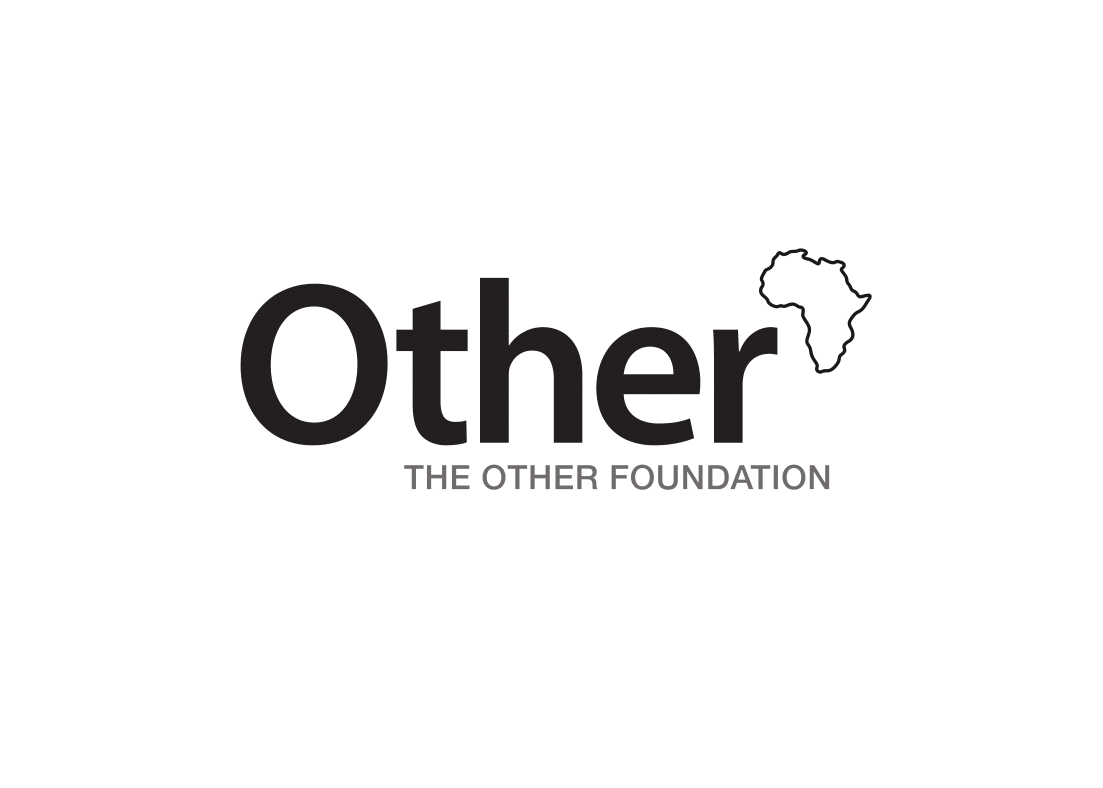Heroic: Despite the torrent of abuse
BODY LANGUAGE
No sooner had the rather unfortunate Sports Illustrated article headlined “Is it fair for Caster Semenya to compete against women at the Rio Olympics?” appeared than the Twittersphere hit back and #HandsOffCaster started to trend.
Although I have about as much interest in watching sport as I do in attending a Tupperware party, the swell of support shown for Semenya in response to the article had me paying attention.
Penned by Tim Layden and published a few days before Semenya competed in the 800m race at the Rio Olympics, the article mentions the athlete’s “muscular arms, broad shoulders [and] narrow hips” as well as her “severe jawline, hard and strong, and competitor’s unflinching eyes”.
The writer also refers to Semenya as “hyperandrogenous — her body produces much higher levels of testosterone than most other females. And that in turn builds greater muscle mass and allows her to run faster.”
No stranger to the invasive, humiliating, questioning (and largely male-dominated) gaze, Semenya was forced to undergo gender testing in 2009, after she won the world championship in Germany, to ascertain whether she was female.
Although a 2010 statement by the athlete announcing her return to competing saw her saying she “attempted to understand and sympathise with the institutional shortcomings within the International Association of Athletics Federations”, she added: “I have been subjected to unwarranted and invasive scrutiny of the most intimate and private details of my being.”
This “unwarranted and invasive scrutiny” is not restricted to the physical kind, but also extends to the kinds of thoughts espoused in the Sports Illustrated article.
And whereas Layden may have used his words to try to knock Semenya down (unsuccessfully, I might add), the documentary Too Fast to Be a Woman: The Story of Caster Semenya saw her garnering support from another Tim — sports scientist Tim Noakes.
In it Noakes states: “What about a male who has a biological advantage? You know what we call him? We call him Usain Bolt. So, he’s genetically different. But do we expel him? No, we say he’s the greatest athlete ever. So why should a male be treated that way, but when a female comes along, we say: ‘We’ve got to kick her out’?”
Although Noakes makes a valid point, in Semenya’s case there is an added dimension: she is a woman, yes, but she is also a black woman.
The gender testing she was subjected to — and the free-for-all comments on her physique that are still frustratingly doing the rounds — makes her, eerily and unsettlingly, just short of a modern-day Sara Baartman.
Her body, seen as an anomaly, is no longer hers. It “belongs” to sports bodies, media houses and quick-on-the-draw armchair pundits who occupy spaces where power, patriarchy and self-interest converge. Spaces where women’s bodies — particularly black women’s bodies — are up for grabs as things to be policed and controlled.
It is easy to place Semenya in the position of victim — someone who, despite (or, rather, because of) her successes, has to answer, in often humiliating ways, the unrelenting questions posed by a system not only fuelled on its own self-importance, but also easily threatened by what is viewed as “the other”.
This is the unfortunate truth. Or maybe I am being too sensitive. Noticing the #HandsOffCaster messages of support, she has taken to tweeting: “I love you Mzansi. Be happy in front of your haters. It kills them.”
She’s not a victim, after all. Either way, #HandsOffCaster.
Carl Collison is the Other Foundation’s Rainbow Fellow at the Mail & Guardian.
